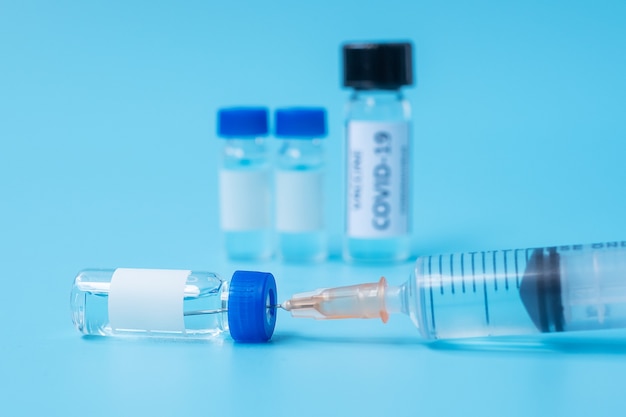Developing vaccines is usually a very lengthy process. Taking, on average, 8 years to get approved. Since a few years, we have the ability to create mRNA vaccines which can be developed much faster.
So how do these vaccines work? Are they safe? And, how do
they compare to traditional ones? But first, you must understand how the immune
system works. When a virus enters your body, it will attach itself to one of
your cells and inject its DNA or RNA into it. This is like a blueprint for your
cells: containing instructions on what the cell has to make. So, in this case,
the virus's RNA will tell your cell to make more copies of the same virus. They
become virus factories, pumping out new copies of the virus that can infect
even more cells. Naturally, our bodies have a defense system for foreign
intruders. The immune system attacks any protein, virus, or bacteria that do
not belong in our bodies. But it takes a few days for it to learn how to attack
the intruder.
Meanwhile, the virus factories are running non-stop, quickly
replicating the virus and spreading it in your body. In other words: you start
experiencing symptoms of whatever has infected you. After a few days, however,
your immune system has figured out how to attack the virus and will start to
produce antibodies. These attach themselves to the virus, preventing them from
infecting more cells and marking them for destruction. As you can see, the
immune system is remarkable, but it's also slow to mount an attack. That's the
reason why we get sick in the first place. So to give it a helping hand, we
developed vaccines. The main idea is to train your immune system to recognize
and fight off an infection before it has occurred.
Almost like showing your immune system a mug shot of the virus and saying: "if you see this, kill it." There are various types of vaccines, but let's take a look at mRNA vaccines, the new kid on the block. To understand how they work, let's take the COVID19 pandemic as an example. You might have seen pictures of the virus, with its distinctive spikes. These spikes allow the virus to attach to specific cells in your body (ACE2) and infect them.
Now here's the key idea for the COVID19 vaccine: what if we could train
our immune system to recognize these spikes by having our body produce them? To
do that, researchers took the virus's blueprint, its RNA, and isolated the part
responsible for producing the spikes. Armed with this blueprint, they created
mRNA or messenger RNA. This is a special form of RNA that can enter your cells
and give them instructions. In this case, the RNA contains instructions to
build the spikes of the coronavirus, not the virus itself, just the spikes. So
mRNA vaccines contain instructions for your cells that tell them to build a
part of a virus in large volumes, almost like giving them a recipe to follow.
Once this is happening, your immune system kicks into action and start learning
how to attack these intruders.
Again, it takes time for the immune system to fight off
these spikes, but you won't get sick because it's only the spikes, not the
virus itself. And that's it! Your immune system has learned how to attack the
spikes of the coronavirus. It destroys all the spikes and even breaks down the
mRNA vaccine itself. The only thing left in your body are special "B
cells" or memory cells. These can linger around for months or years until
the same virus infects you again. When that happens, the B cell can produce the
correct antibodies right away, preventing the virus from spreading and making
you sick.
What's interesting about this mRNA technique is that it's
relatively quick to develop a vaccine as soon as we know the DNA or RNA
sequence of a virus. And secondly, because the vaccine only makes our body
produce a part of a virus, we can't get sick. More traditional vaccines use
weakened versions of the actual virus. This also triggers an immune response
but could also give you mild symptoms. Now you know how mRNA vaccines work,
what about their safety? The biggest misunderstanding about this technology is
that the mRNA in the vaccine can enter our cells and changes our very own DNA.
But that's not true. mRNA is very fragile and only survives a few hours in our
bodies.

